Equipment
GolfWRX Spotlight: Arias True Zero Offset D-23 irons
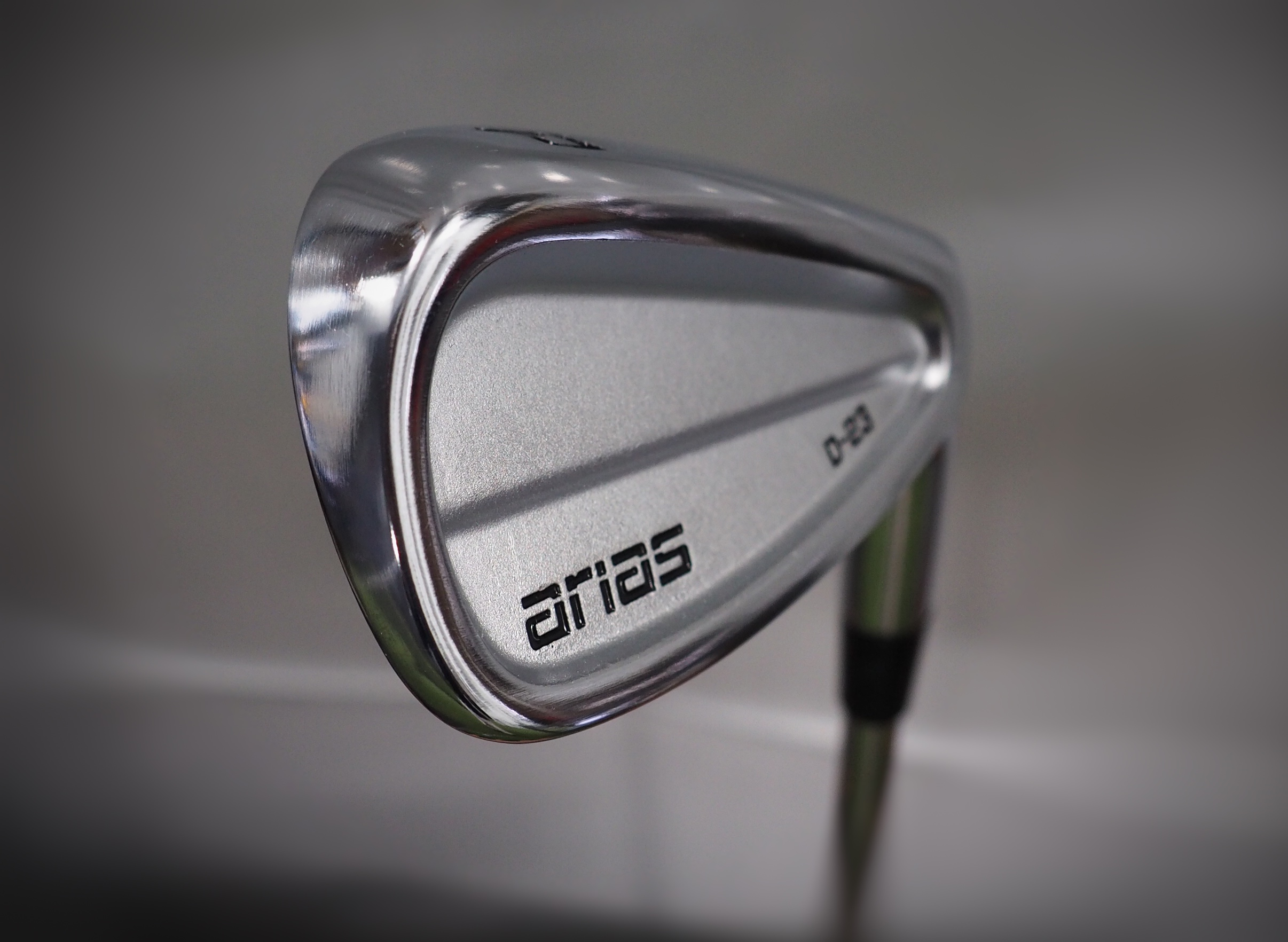
Product: Arias True Zero Offset D-23 irons
Pitch: From the company…
- Easiest irons to align at the target on the market.
- Classic no offset look at address reminiscent of past generation’s most iconic iron designs.
- Full cavity back, midsize blade length, blade height and sole width
- Modern friendly sole grind with beveled leading and trailing edge makes this iron easy to play both from the fairway and the rough
- 431SS with proprietary heat treatment.
Our take on the Arias Zero Offset D-23 irons

There are a lot of parameters involved in the design of an iron, including, but not limited to: material, blade length, sole width, camber, bounce, hosel length, groove configuration, and of course offset. Offset is one of the design characteristics that can be quite polarizing from a looks perspective, depending on the golfer. We golfers are a picky bunch when it comes to how our clubs look, but that has less to do with handicap or skill level and more to do with just plain personal preference.
That’s where J.R Robert comes in. Hailing from a custom fitting and building background, with years of experience and having a preference for zero offset clubs, he set out to design an iron that would be both preferred by the better players but playable for golfers of varying skill level that prefer a club with no offset. The result is the Arias D-23 with True Zero Offset.
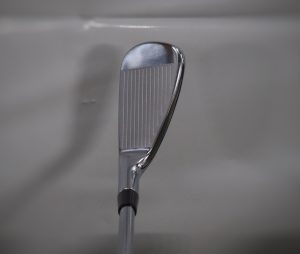
I got the chance to speak with J.R about his design and he explained his goals for the D-23 irons
“The goal was to create an iron model that was forgiving enough for a higher handicap player while blending together features the better player would demand.”
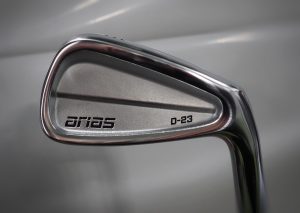

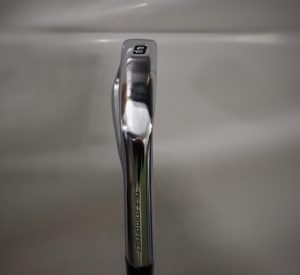
Through prototyping and testing, J.R found the D-23 zero offset helped golfers with alignment issues get set up to there intended target easier, and for those who had issues with missing left (speaking to right-handed golfers) the Zero Offset D-23 helped correct for that too. J.R admits that although they are very playable, golfers that struggle with leaving the face open at impact might not be the ideal candidates. Also, those who are used to offset in their clubs might at first be turned away from the design, but for players that have always enjoyed the look of a club with less offset, these are clubs that should go right to the top of the list.
For more information on the D-23s, along with the line of M-29 onset wedges from Arias Golf, you can visit their website at True Zero Offset
- LIKE209
- LEGIT42
- WOW21
- LOL8
- IDHT6
- FLOP4
- OB2
- SHANK31
Whats in the Bag
WITB Time Machine: Danny Willett’s winning WITB, 2016 Masters
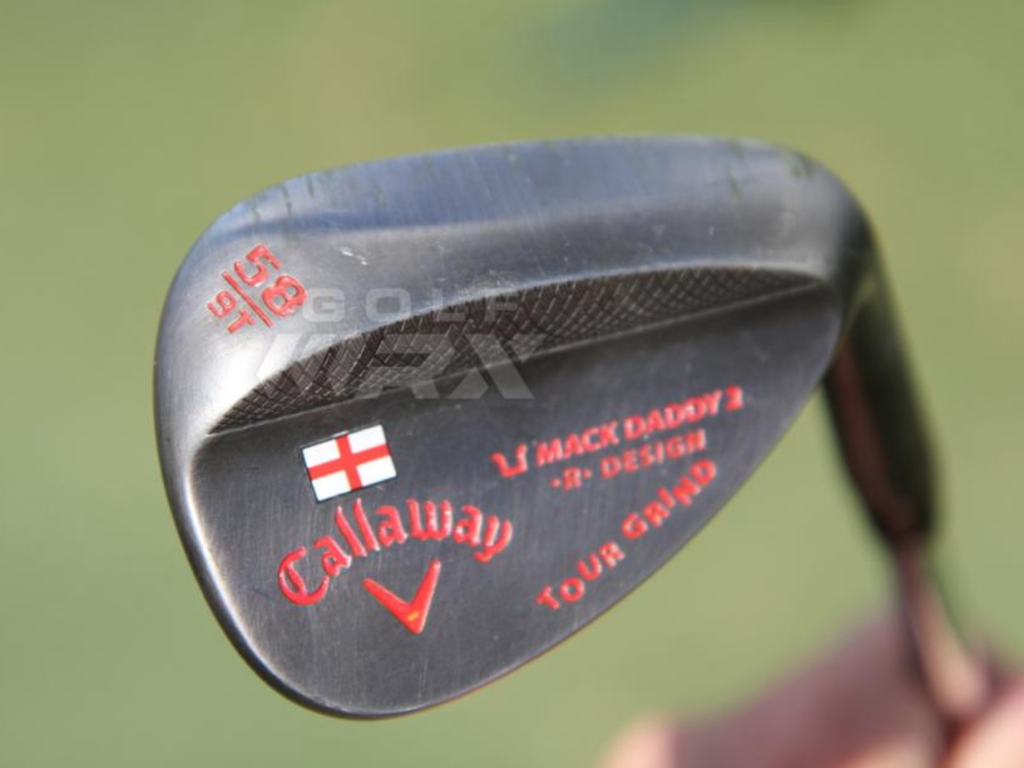
Driver: Callaway XR 16 (9 degrees)
Shaft: Mitsubishi Rayon Diamana W-Series 60 X
Length: 45.5 inches
3-wood: Callaway XR 16 (15 degrees)
Shaft: Mitsubishi Rayon Diamana W-Series 70X
5-wood: Callaway XR 16 (19 degrees)
Shaft: Mitsubishi Rayon Diamana W-Series 80X
Irons: Callaway Apex UT (2, 4), Callaway Apex Pro (5-9)
Shaft: True Temper Dynamic Gold X100 Superlite
Wedges: Callaway Mack Daddy 2 (47-11 S-Grind) Callaway Mack Daddy 2 Tour Grind (54-11, 58-9)
Shaft: True Temper Dynamic Gold X100 Superlite
Putter: Odyssey Versa #1 Wide (WBW)
Lie angle: 71 degrees
Ball: Callaway Speed Regime SR-3
Check out more photos of Willett’s equipment from 2016 here.
- LIKE3
- LEGIT0
- WOW1
- LOL0
- IDHT0
- FLOP0
- OB0
- SHANK0
Equipment
Project X Denali Blue, Black shaft Review – Club Junkie Review
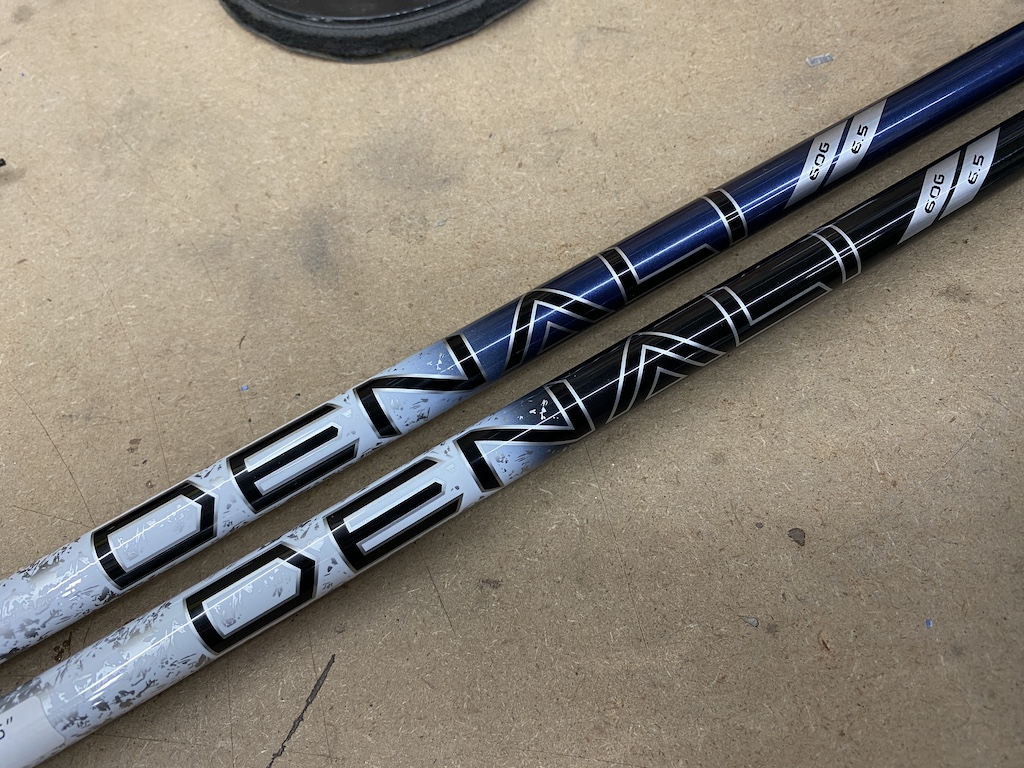
Originally, Project X was known for low-spin steel iron shafts. However, the company might now be known for wood shafts. Denali is the newest line of graphite shafts from Project X. With the Denali line, the company focuses on feel as well as performance.
There are two profiles in the Denali line, Blue and Black, to fit different launch windows. Denali Blue is the mid-launch and mid-spin profile for players who are looking for a little added launch and Denali Black is designed for low-launch and low-spin. Both models are going to offer you a smooth feel and accuracy.
For a full in-depth review check out the Club Junkie podcast on all podcast streaming platforms and on YouTube.
Project X Denali Blue
I typically fit better into mid-launch shafts, as I don’t hit a very high ball so the Denali Blue was the model I was more excited to try. Out of the box, the shaft looks great and from a distance, it is almost hard to tell the dark blue from the Denali Black. With a logo down install of the shaft, you don’t have anything to distract your eyes, just a clean look with the transition from the white and silver handle section to the dark navy mid and tip.
Out on the course, the Blue offers a very smooth feel that gives you a good kick at impact. The shaft loads easily and you can feel the slightly softer handle section compared to the HZRDUS lineup. This gives the shaft a really good feel of it loading on the transition to the downswing, and as your hands get to impact, the Denali Blue keeps going for a nice, strong kick.
Denali Blue is easy to square up at impact and even turn over to hit it straight or just little draws and most of the flex of the shaft feels like it happens right around where the paint changes from silver to blue. The Blue launches easily and produces what I consider a true mid-flight with the driver. While it is listed as mid-spin, I never noticed any type of rise in my drives. Drives that I didn’t hit perfectly were met with good stability and a ball that stayed online well.
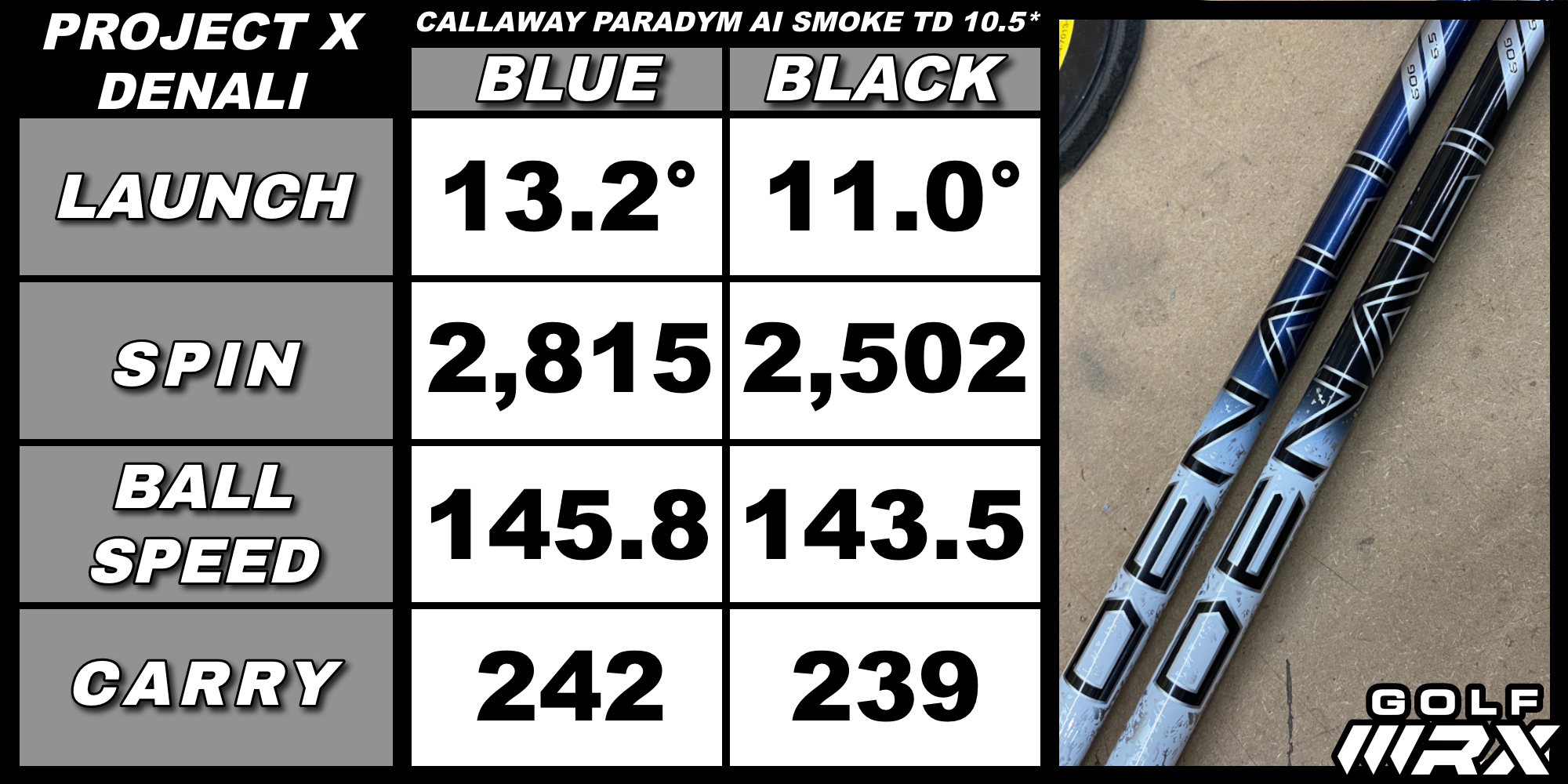
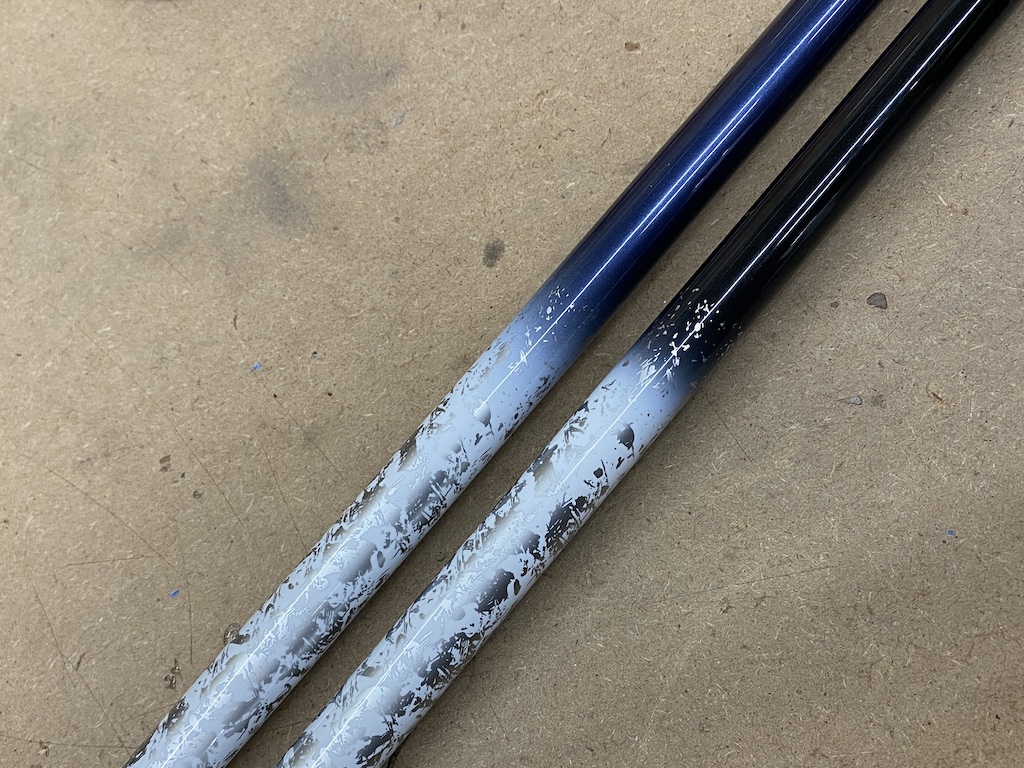
Project X Denali Black
When you hold the Denali Black in your hands you can tell it is a more stout shaft compared to its Blue sibling by just trying to bend it. While the handle feels close to the Blue in terms of stiffness, you can tell the tip is much stiffer when you swing it.
Denali Black definitely takes a little more power to load it but the shaft is still smooth and doesn’t give you any harsh vibrations. Where the Blue kicks hard at impact, the Black holds on a little and feels like keeps you in control even on swings that you try and put a little extra effort into. The stiff tip section also makes it a little harder to square up at impact and for some players could take away a little of the draw from their shot.
Launch is lower and more penetrating compared to the Blue and produces a boring, flat trajectory. Shots into the wind don’t rise or spin up, proving that the spin stays down. Like its mid-launch sibling, the Black is very stable and mishits and keeps the ball on a straighter line. Shots low off the face don’t get very high up in the air, but the low spin properties get the ball out there farther than you would expect. For being such a stout shaft, the feel is very good, and the Denali Black does keep harsh vibrations from your hands.
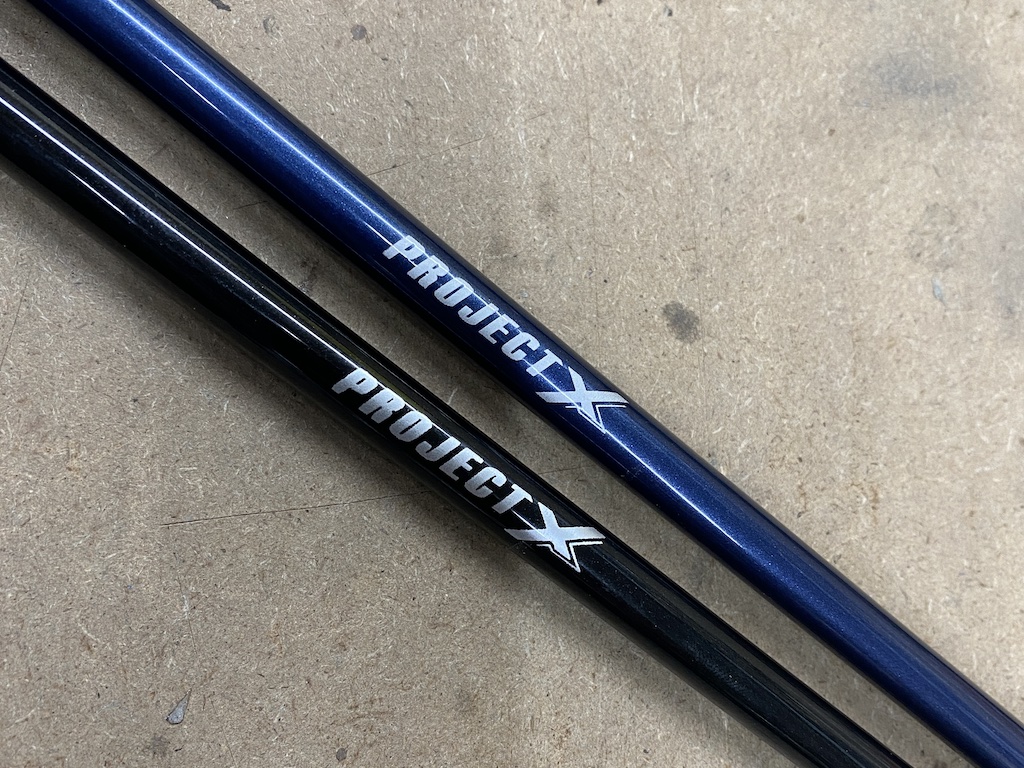
Overall the Project X Denali Blue and Black are great additions to the line of popular wood shafts. If you are looking for good feel and solid performance the Denali line is worth trying out with your swing. Choose Blue for mid-launch and mid-spin or Black for lower launch and low spin.
- LIKE2
- LEGIT1
- WOW1
- LOL0
- IDHT0
- FLOP0
- OB0
- SHANK0
Equipment
What we know about Bryson DeChambeau’s 3D-printed Avoda irons
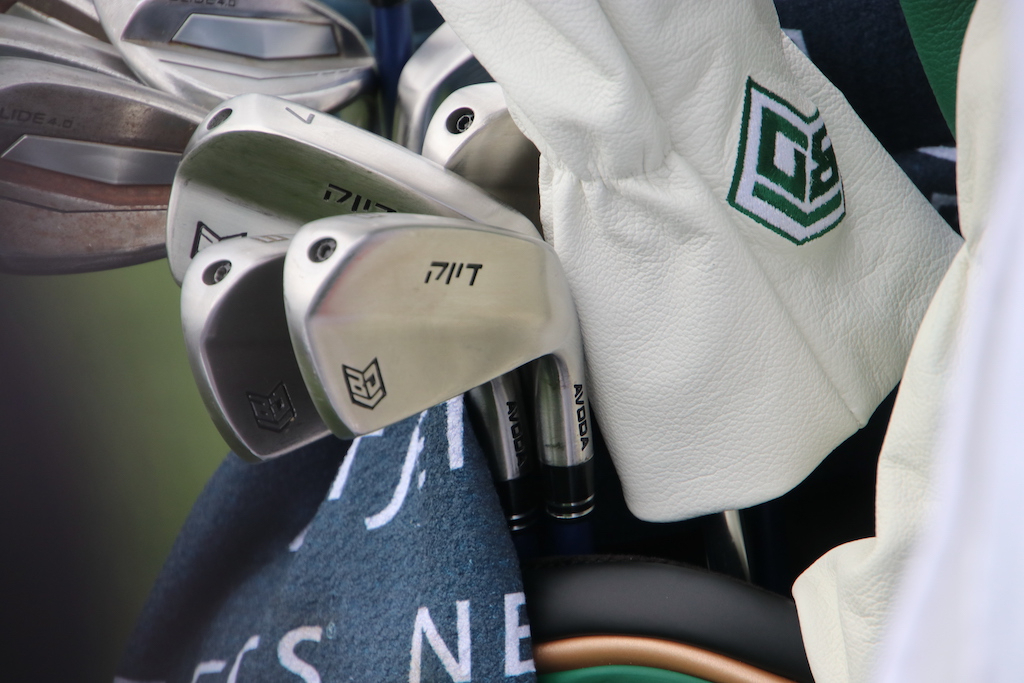
Bryson DeChambeau fired an opening-round 7-under 65 at Augusta National, hitting an impressive 15 of 18 greens in regulation in the process. Golf’s mad scientist’s play grabbed headlines and so too did his equipment. In place of the Ping i230 irons he had in the bag last week for LIV Golf’s Miami event, DeChambeau is gaming a prototype 5-PW set of irons from little-known direct-to-consumer manufacturer Avoda.
What is Avoda Golf?
Founded by Tom Bailey, also a Mike Schy student like Bryson DeChambeau, Avoda Golf is a direct-to-consumer golf equipment company that currently manufactures both single and variable-length irons in one model that are available for pre-order.
What irons is Bryson DeChambeau playing?
Per multiple reports, DeChambeau is playing a custom-designed set of single-length irons that incorporate bulge and roll into the face design. The two-piece 3D-printed irons were reportedly only approved for play by the USGA this week, according to Golfweek’s Adam Schupak.
Regarding the irons, DeChambeau told Golf Channel the irons’ performance on mishits was the determining factor in putting them in play this week. “When I mishit on the toe or the heel,” DeChambeau said. “It seems to fly a lot straighter for me and that’s what has allowed me to be more comfortable over the ball.”
What can we tell about the design of the clubs?
These days, it is a little hard to speculate on what is under the hood with so many hollow body irons. DeChambeau’s irons look to be hollow on the lower section as they do flare back a decent amount. That “muscle” on the back also looks to be fairly low on the iron head, but we can assume that is progressive through the set, moving up higher in the short irons.
A screw out on the toe is probably used to seal up the hollow cavity and used as a weight to dial in the swing weight of the club. From pictures, it is hard to tell but the sole looks to have a little curve from heel to toe while also having some sharper angles on them. A more boxy and sharper toe section looks to be the design that suits Bryson’s eye based on the irons he has gravitated toward recently.
What are bulge and roll, again?
Two types of curvature in a club face, traditionally incorporated only in wood design. Bulge is heel-toe curvature. Roll is crown-sole curvature. Both design elements are designed to mitigate gear effect on off-center strikes and produce shots that finish closer to the intended target line. (GolfTec has an excellent overview of bulge and roll with some handy GIFs for the visual learner)
What else is in DeChambeau’s bag?
Accompanying his traditional Sik putter, Bryson builds his set with a Ping Glide 4.0 wedges, a Krank Formula Fire driver and 5-wood, and a TaylorMade BRNR Mini Driver, all with LA Golf graphite shafts.
- LIKE106
- LEGIT36
- WOW27
- LOL14
- IDHT8
- FLOP8
- OB9
- SHANK20
-

 19th Hole3 days ago
19th Hole3 days agoDave Portnoy places monstrous outright bet for the 2024 Masters
-

 19th Hole3 weeks ago
19th Hole3 weeks agoJohn Daly stuns fans into silence with brutal opening tee shot on PGA Tour Champions
-

 19th Hole2 weeks ago
19th Hole2 weeks agoThings got heated at the Houston Open between Tony Finau and Alejandro Tosti. Here’s why
-

 19th Hole4 days ago
19th Hole4 days agoTiger Woods arrives at 2024 Masters equipped with a putter that may surprise you
-

 19th Hole1 week ago
19th Hole1 week agoReport: Tiger Woods has ‘eliminated sex’ in preparation for the 2024 Masters
-

 19th Hole3 weeks ago
19th Hole3 weeks agoCharlie Woods finds it tough going on American Junior Golf Association debut
-

 19th Hole2 weeks ago
19th Hole2 weeks agoAddiction, spinal fusion, and scam artists – Everything Anthony Kim revealed in candid interview with David Feherty
-

 19th Hole1 week ago
19th Hole1 week agoAnthony Kim says doctors told him that he ‘may not have much time left’ ahead of LIV return







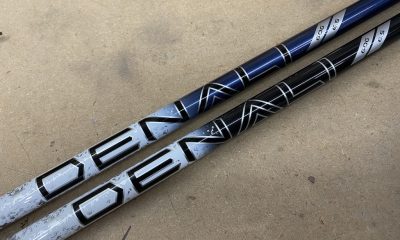



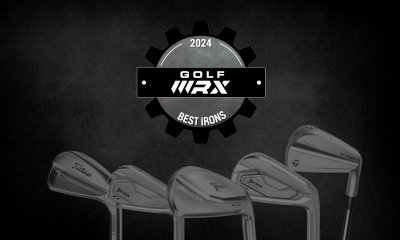

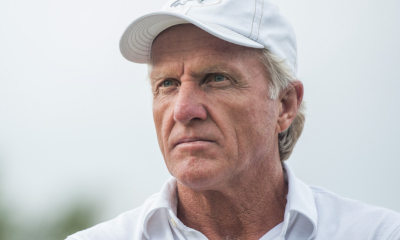

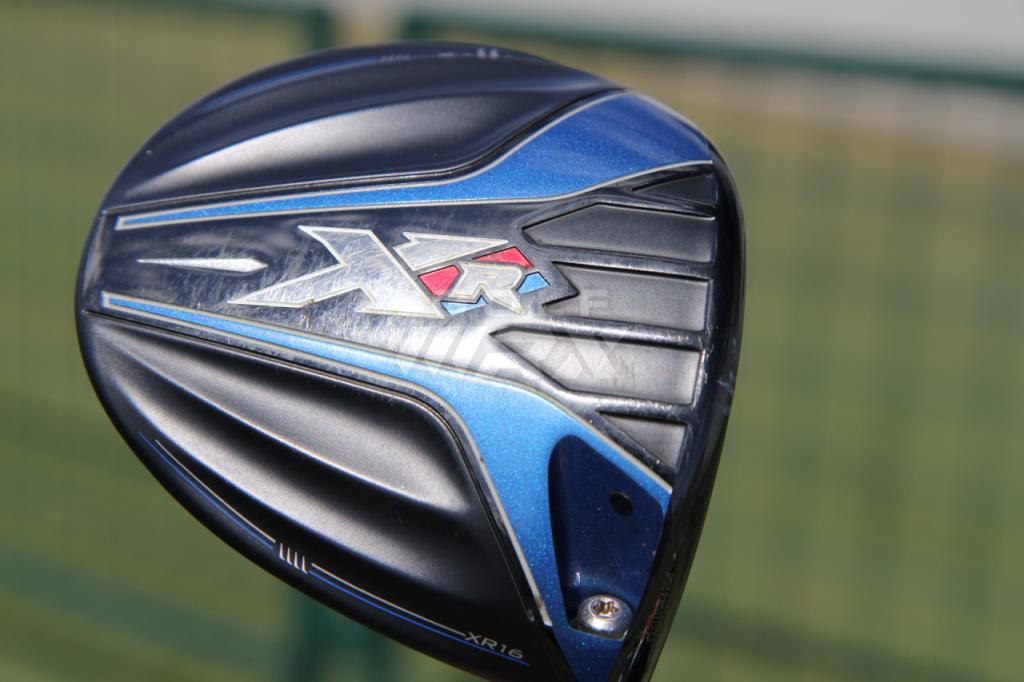
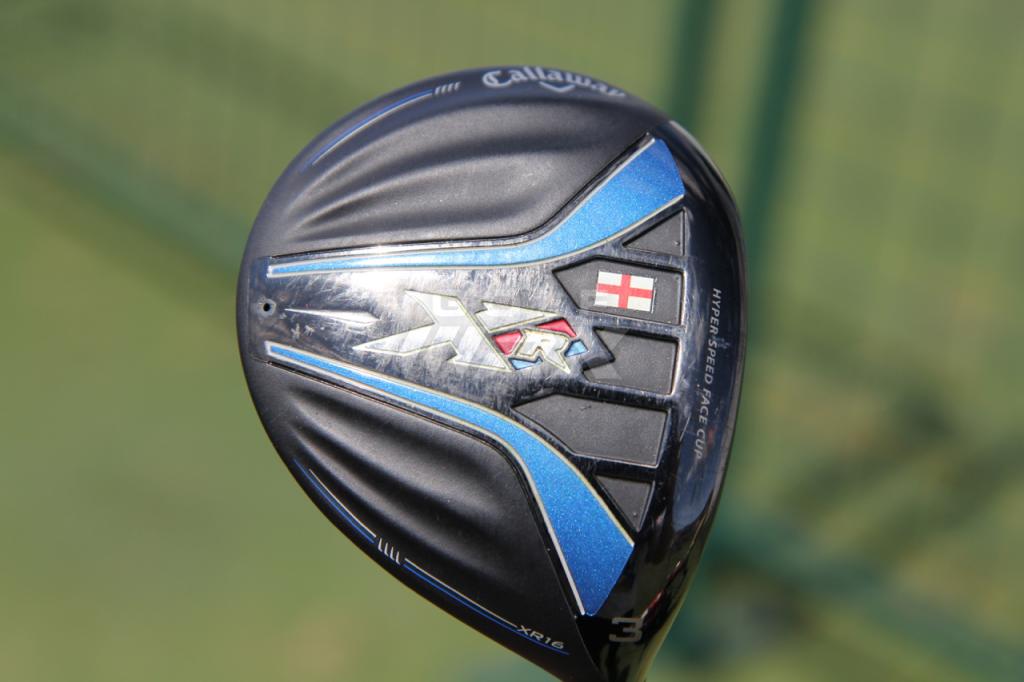

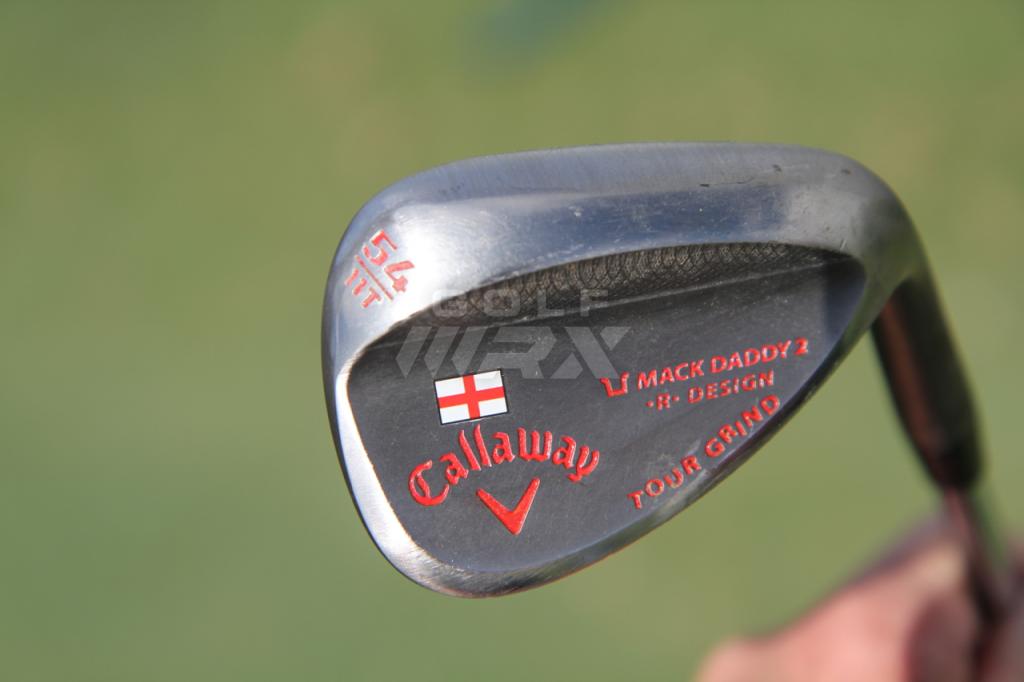
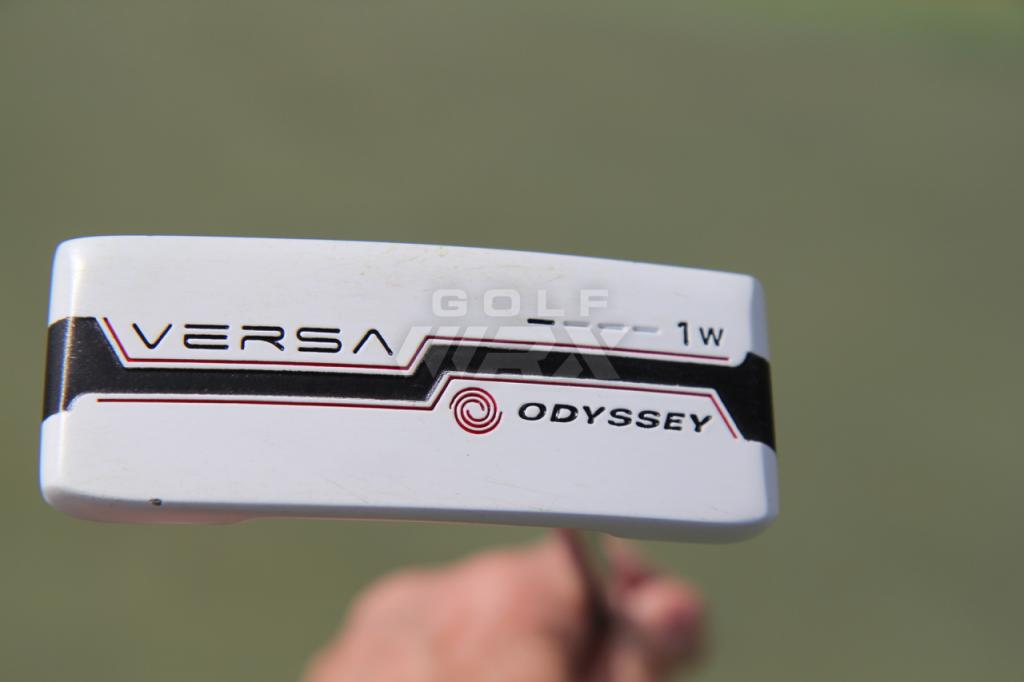












dave
Dec 30, 2019 at 10:47 am
been looking for zero offset irons for years. i have even bent my srixon 785 to 4 degree weak to mimick the look of zero offset. still didnt help really. i ordered the 7 iron. not cheap…but if it works it will be worth it. my irons are keeping me from being a plus…honestly the only reason im a 1 is because on many holes my driver gets me to gap wedge or in…
JP
Jun 28, 2019 at 12:14 am
How much are they $ ?!?
.
Can’t find them on the PGA Value Guide.
ZO Guy
Apr 25, 2019 at 9:42 am
There is certainly a market for this. Price is always an issue. However, when I see clubs that look this nice and know how much guys like them, I have to ask myself “WHY IS THIS SO RARE TO SEE – ITS NOT ANY HARDER TO MAKE!”
Shallowface
Apr 25, 2019 at 9:22 am
This is the first set of irons that I have been interested in for a very long time. However, why chrome plating on 431 stainless? The original Titleist DCIs were satin finish 431 stainless and were among the most beautiful clubs ever made. The Arias remind me of the original and rare DCI-B (not the 962B. Its predecessor), and those didn’t need chrome plating for a “flawless finish.”
CB
Apr 25, 2019 at 8:04 am
I messaged 3 days ago, still haven’t heard back. Chapter 11 might in fact be a better name.
Matt S.
Apr 23, 2019 at 10:01 am
The clubheads look great and are $99, which is great, however hey’re charging over $100 per club for standard True Temper shafts, which is definitely not great.
Matt S.
Apr 23, 2019 at 12:53 pm
My bad, had an email exchange with J.R., that shaft pricing is the full price of the club. SAMSONITE, I was way off!
Mark.
Apr 23, 2019 at 7:53 am
I wish you had asked him if he paid for the tooling to create this cast club. I am wondering if he found a club manufacturer with an off-the-shelf zero offset mould.
Spell Check
Apr 23, 2019 at 3:27 am
“Their intended target” not “there…”
rex 235
Apr 22, 2019 at 11:19 pm
GolfWrx Staff-
It’s 2019-
Will there be ANY irons you feature that aren’t RH ONLY?
“The goal was to create an iron model that was forgiving enough for a higher handicap RH^ player while blending together features the better RH^ player would demand.”
^ fixed it for you.
Adam
Jul 25, 2019 at 5:08 pm
Stop being wrong handed
Johnny Penso
Apr 22, 2019 at 10:20 pm
I got to know JR a little bit when he was here in Windsor, before he moved to Cornwall last year. I have to admit I was mighty disappointed that these are only coming out in right-handed (for now I hope). In our first conversation, while getting one of my drivers shortened and swingweighted, I mentioned how difficult it was to find modern cavity back clubs that weren’t offset as I much preferred that look behind the ball. He’s a top-notch guy if anyone can make this work as a small, independent, boutique club manufacturer he can. Best of luck J.R.
PGA Hale
Apr 22, 2019 at 7:40 pm
Just buy an old set of most any top-line late 1960s/early 1970s irons (e.g. Wilson Staff, Ben Hogan Apex, Haig Ultra, MacGregor MT, etc.) and have the heads refinished and reshafted. You’ll have some of the best zero offset irons ever produced at a fraction of these irons.
brian
Apr 23, 2019 at 8:39 am
Or, instead of going through the trouble of hunting for vintage irons, spending the time and money to get them reshafted and refinished, you can buy a set of these brand new.
Jim
Apr 24, 2019 at 1:44 pm
I have to agree with PGA Hale on this point. Several years ago I picked up a set (flea-bay, less than $100) of 1967/68 Wilson Staff “Dynapower” irons, which are basically the same as I started with back in the mid-60s. A finer “blade” has yet to be made. You just need to wait for a good clean set to appear.
Shallowface
Apr 24, 2019 at 2:12 pm
As much as I love the old blades, the sole on a modern club such as this is going to be much more playable than anything from the 60s or 70s.
Walter
Apr 24, 2019 at 3:05 pm
Just buy a set of Maltby(Golfworks) TE forged heads(each head is offset 0.1″) and shaft them(or have them shaft them for you) for a lot less and probably a much better iron too.
Travis
Apr 22, 2019 at 6:57 pm
Would love to try these… but am worried it would be a really expensive test with absolutely no resale value if I don’t like them…
Thomas A
Apr 23, 2019 at 9:52 am
If you’re worried about resale, you’re not really looking for the best clubs for you.
Brian McGranahan
Apr 22, 2019 at 4:34 pm
Take my money!!!
Peter vanWezel
Apr 22, 2019 at 5:13 pm
I had the pleasure of hitting some of jr’s initial prototypes….the material choice and finish had me at first strike…Ive been playing Epon Aftours for years and the feel of these really surprised me.
For a cast club..the feel is top notch with other forged irons ..now that they are available…I can finally get my set on order! JR knows his stuff!!
Anser
Apr 22, 2019 at 9:05 pm
Hi JR!
These should be called chapter11